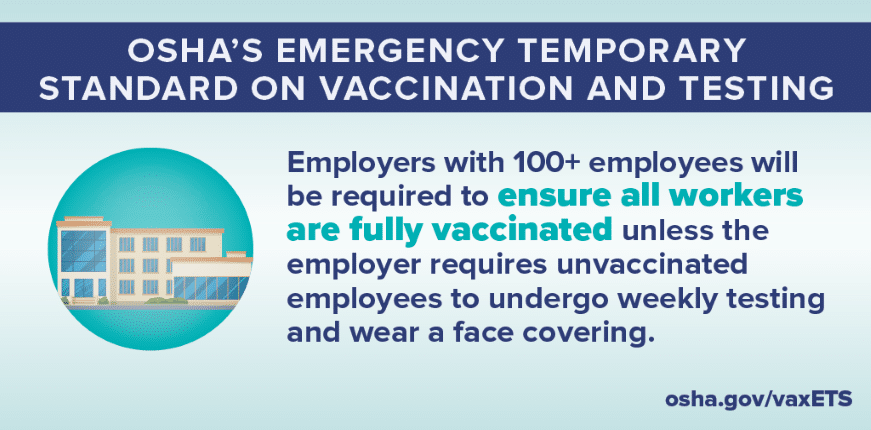The first compliance deadline under the California Health and Safety Code Cleaning Product Right to Know Act of 2017 (the Act) is January 1, 2020, and manufacturers of applicable products must be in compliance to continue selling their products in California.
The Act is intended to provide consumers and workers with ingredient information about designated products. It requires manufacturers of specified cleaning products, including those manufactured for use by household, institutional or commercial consumers, to disclose ingredient information on the product label and the manufacturer’s website.
The following types of chemically formulated consumer products are considered designated products under the Act, if not exempted:
- Air care products – eliminates odors or freshens the air
- Automotive products – maintains the appearance of a motor vehicle (washing, waxing, polishing, cleaning or surface treatment)
- General cleaning product – soap, detergent or other product the purpose of which is to clean, disinfect, or otherwise care for fabric, dishes, or other wares; surfaces including, but not limited to, floors, furniture, countertops, showers, and baths; or other hard surfaces, such as stovetops, microwaves, and other appliances
- Polish or floor maintenance product – product meant to polish, protect, buff, condition or temporarily seal or maintain furniture, floors, metal, leather or other surfaces
Upcoming deadlines include:
- January 1, 2020 – beginning on this date and continuing after, manufacturers must post for public access online disclosures of intentionally added ingredients, fragrance ingredients, or nonfunctional constituents (as defined in the ACT)
- January 1, 2021 – beginning on this date and continuing after, manufacturers must disclose specific information on the label related to ingredients and constituents within the product, company toll-free number and website address, and additional statement if all ingredient information isn’t included on the label
- January 1, 2023 – beginning on this date and continuing after, Proposition 65 ingredients must be included on the ingredient list
For any designated product manufactured before one of the above compliance dates, the product labeling and online posting information does not apply as long as each product is marked with the day, month and year of manufacture of the product or a date code combined with a toll-free phone number for obtaining date of manufacture.
Information that must be posted on the manufacturer website for each designated product by January 1, 2020 generally includes:
- A list of intentionally added ingredients, including specific information for fragrance ingredients or allergens;
- A list of all nonfunctional constituents in the designated product at a concentration at or above 0.01 percent (100 parts per million);
- The Chemical Abstracts Service (CAS) chemical identification number for all listed chemicals;
- The functional purpose served by each intentionally added ingredient;
- Electronic links to government information websites for chemicals contained in an array of lists known in the Act as “designated list”; and
- Links to the Safety Data Sheet (SDS) for each product.
The information that must be disclosed is based on chemical traits and hazards within 22 chemical lists and any subsequent revisions, referred to and published in the Act as the “designated list”. The online information must be updated no later than six months and product label information updated no later than 18 months after the adoption of a revision to any of the lists that are designated.
VBA Compliance Assurance can assist you with your EHS compliance needs. Contact VBA if you need assistance determining if the requirements of the Act apply to your company and, if so, which products are subject to required disclosures.










